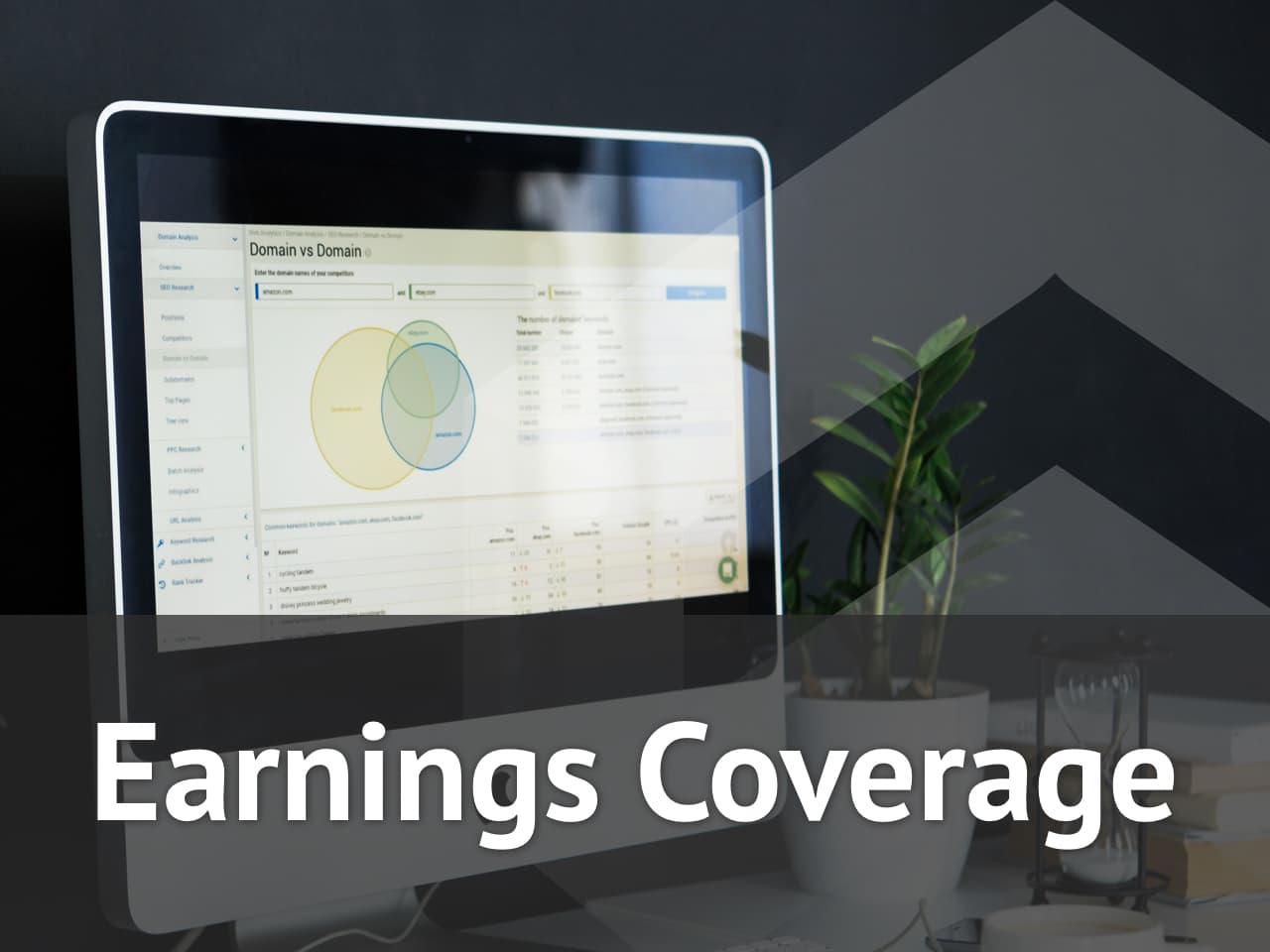For tax preparers, the right software is essential for success. By streamlining workflow and automating data entry, tax preparers can ensure accuracy and focus on delivering exceptional service to their clients.
But with so many options on the market, what is the best tax software for tax preparers? This buyer’s guide is designed to help you identify the key features and capabilities you should prioritize when evaluating tax preparation software, ensuring you select the best solution for your unique needs.
Jump to ↓
How to identify the best tax prep software
Key features to look for in tax preparation software
Switching tax software: What tax preparers can expect
Industry-leading tax preparation software from Thomson Reuters
How to identify the best tax prep software
Choosing the best tax software for tax preparers begins with understanding what makes software truly stand out. Tax preparation is about more than just completing forms; it’s about optimizing workflows, ensuring compliance, and improving client satisfaction.
To identify the best tax preparation software for your firm, start by asking yourself:
Can it handle complex tax scenarios?
Does it automate repetitive tasks to save time and reduce errors?
Can it help my firm stay compliant with ever-changing regulations?
Does it facilitate secure and seamless client collaboration?
Will it scale as my firm grows and diversifies its services?
If the answers to all of these questions are yes, you’ve likely found the best tax preparation software for your firm.
In addition, it is important to choose a tax preparation software provider that not only offers a powerful, user-friendly platform but also provides excellent customer support and onboarding services. A smooth transition to new software can be a challenge, but a vendor who offers personalized onboarding, training resources, and dedicated support can make the process more manageable.
You should also consider how well the software provider updates its tools and features to keep pace with changing tax laws and technological advancements. A proactive approach to keeping the software current can ensure long-term reliability and allow firms to continue delivering high-quality service to clients without interruption.
Another important aspect of choosing a tax preparation software is “futureproofing.” As firms grow and tax laws become more complex, the software should be able to adapt and expand with you firm’s evolving needs. Whether handling a larger volume of clients, managing more complex tax scenarios, or leveraging new technologies like AI, the software should be flexible enough to scale without requiring a complete overhaul.
Key features to look for in tax preparation software
When comparing tax preparation software, it’s important to focus on specific features that align with your workflow and client needs. Below are some essential capabilities to consider:
1. Comprehensive tax preparation and compliance tools.
The cornerstone of any professional tax software is its ability to handle a wide range of tax scenarios efficiently and accurately. In today’s complex regulatory environment, accountants need software that seamlessly integrates preparation, filing, and compliance features to handle evolving tax laws and streamline workflows.
Robust compliance capabilities ensure that firms stay ahead of deadlines, mitigate risks of errors, and maintain adherence to the latest regulations. Additionally, comprehensive tools save time by automating repetitive tasks and providing real-time updates on changes in tax legislation. Choosing a provider that offers these features ensures accountants can focus on delivering high-value advisory services while maintaining the trust and confidence of their clients.
With these capabilities, tax preparers can complete returns faster while reducing the risk of errors—a must-have in today’s fast-paced tax environment.
2. Workflow automation
Workflow automation is a critical factor for accountants when choosing a tax software provider, as it is key to boosting productivity and reducing manual effort. By automating repetitive and time-intensive tasks such as data entry, document organization, and error checking, accountants can free up valuable time to focus on strategic decision-making and client engagement.
Automated workflows also help standardize processes across teams, reducing inconsistencies and ensuring compliance with regulatory requirements. Additionally, automation minimizes the risk of human error, improves turnaround times, and allows firms to scale their operations more effectively. A tax software provider that offers robust workflow automation not only supports smoother tax preparation but also empowers accountants to deliver better client service while driving growth for their firm.
By incorporating automation, tax preparers can focus on higher-value tasks, such as advising clients and optimizing tax strategies.
3. Seamless integration and scalability
Integration across tools is essential for maintaining a smooth workflow. Seamless integration and scalability are vital considerations for accountants when choosing a tax software provider, as they ensure that the software can grow with the firm’s evolving needs.
Integration with existing systems, such as accounting software, client management tools, and document storage solutions, enables smooth data transfer and reduces the need for manual input, minimizing errors and streamlining workflows. Scalability is equally important, as it allows the software to adapt to increasing volumes of clients, more complex tax scenarios, and future technological advancements without requiring a complete overhaul.
By choosing a provider that offers seamless integration and scalability, accountants can future-proof their firm’s tax operations, ensuring that the software can support both immediate and long-term business growth while maintaining efficiency and accuracy.
4. Enhanced client collaboration
In today’s digital world, clients expect convenience and security when working with their tax preparers. That’s why client collaboration tools are an essential consideration when accountants choose a tax software provider, as they foster efficient communication and streamline the overall client experience.
Client collaboration tools allow accountants to securely share documents, request information, and collaborate in real time with clients, reducing delays and minimizing the back-and-forth of traditional communication methods. Features such as client portals, electronic signature capabilities, and document sharing help to maintain transparency, build trust, and ensure that both parties are aligned throughout the tax preparation process.
By offering seamless, secure collaboration, tax software providers not only enhance client satisfaction but also improve overall workflow efficiency, enabling accountants to manage multiple clients and complex tax situations with ease and precision.
5. Robust research and planning capabilities
Effective tax planning and compliance require access to reliable research tools. That’s why robust research tools are crucial for accountants when choosing a tax software provider, as they enable more informed decision-making and better client outcomes. Tax laws are complex and ever-changing, and having access to comprehensive, up-to-date research tools within the software can significantly enhance an accountant’s ability to navigate intricate tax scenarios.
AI-powered research tools help tax professionals stay current with the latest tax regulations, IRS rulings, and legislative changes, ensuring compliance and reducing the risk of costly errors. Additionally, integrated planning features allow accountants to model various tax strategies, forecast outcomes, and provide valuable advice to clients, helping them make proactive decisions.
By selecting a provider with strong research and planning tools, accountants can elevate their advisory capabilities and offer clients well-rounded, strategic tax solutions.
Switching tax software: What tax preparers can expect
When switching tax software, accountants should prioritize thorough onboarding, staff training, and a clear transition plan to ensure a seamless shift. Best practices include assessing current workflows, understanding the new software’s capabilities, and maintaining open communication with all stakeholders during the transition.
Thomson Reuters excels in guiding its new customers through this process, offering personalized onboarding support tailored to the unique needs of each firm. From step-by-step implementation assistance to comprehensive training sessions, Thomson Reuters closely partners with accountants to ensure they can fully leverage their new software. By providing dedicated customer success teams and ongoing resources, Thomson Reuters helps firms achieve success quickly and efficiently, minimizing disruptions and maximizing productivity.
Switching tax software can feel like a daunting task, but with the right partner, it can be a seamless transition. Thomson Reuters works closely with new customers to ensure a smooth onboarding experience, offering:
Data migration assistance: Securely transfer client and firm data from your existing system.
Comprehensive training: Access live and on-demand training resources to get your team up to speed quickly.
Dedicated support: Receive expert guidance and troubleshooting throughout the onboarding process.
By choosing a provider that prioritizes customer success, your firm can minimize downtime and start reaping the benefits of the new software right away.
Industry-leading tax preparation software from Thomson Reuters
By choosing the right tax preparation software, you will not only streamline your current operations but also set yourself up for future success, boosting competitiveness and efficiency in an increasingly digital landscape. Thomson Reuters suite of tax software products—including UltraTax CS, SurePrep, GoSystem Tax, and SafeSend—offer industry-leading solutions tailored to meet these needs.
1. UltraTax CS
UltraTax CS stands out as an industry-leading solution for tax compliance and preparation, offering seamless integration across the Thomson Reuters CS Professional Suite.
While competitors often struggle with siloed workflows, UltraTax CS delivers:
Advanced automation. Reduces manual tasks with robust tools like automated data flow from accounting to tax preparation.
Customizable workflows. Tailors processes to the firm’s unique needs, ensuring efficiency in individual and business returns.
Integrated document management. Unlike competitors, UltraTax CS integrates directly with FileCabinet CS for easy storage and retrieval of tax documents.
Real-time data sharing. Immediate synchronization with Workpapers CS and Accounting CS ensures data consistency, which is often missing in standalone competitor solutions.
By addressing the challenge of fragmented workflows in other tax software, UltraTax CS enhances firm productivity and minimizes errors.
2. SurePrep
SurePrep revolutionizes tax preparation with its scan, organize, and populate functionality, setting it apart from manual-heavy processes in competitive products:
Optical Character Recognition (OCR): 1040SCAN uses advanced AI-driven OCR technology to accurately extract data from tax documents, reducing manual data entry and associated errors.
Automated workpaper organization: SPbinder creates standardized and indexed digital workpapers, increasing efficiency compared to manually organized competitor workflows.
Time savings and scalability: SurePrep enables firms to scale efficiently during tax season with proven time-saving processes.
SurePrep’s ability to blend automation with client collaboration gives firms a competitive edge over solutions that are solely document focused.
3. GoSystem Tax RS
GoSystem Tax RS excels at handling highly complex and large-volume returns for enterprise-level clients, a niche where competitors often falter:
Designed to manage large datasets and intricate tax calculations, ideal for multi-entity and multinational tax needs.
Customizable integration: Connects with other enterprise systems to streamline tax reporting, reducing reliance on manual processes.
Cloud-based efficiency: Secure cloud hosting allows teams to collaborate from anywhere, surpassing competitors that still rely on desktop-centric solutions.
Extensive calculation engine: The robust calculation capabilities of GoSystem Tax are unparalleled in handling complex compliance, including federal, state, and local tax filings.
For firms managing high volumes of returns and complex tax scenarios, GoSystem Tax is unmatched in efficiency and scalability.
4. SafeSend
SafeSend offers an all-in-one solution for assembling, delivering, and e-signing tax returns, delivering a seamless client experience that competitors often lack:
Automated assembly: SafeSend Returns automates the collation and delivery of tax documents, minimizing manual labor compared to traditional methods.
Secure e-signing: Offers built-in, IRS-compliant e-signature capabilities, reducing the need for third-party tools.
Enhanced client experience: Intuitive interface makes it easy for clients to access, review, and sign tax returns, improving satisfaction over competitors’ cumbersome systems.
Workflow transparency: Tracks return statuses in real-time, providing visibility for both accountants and clients—an area where other solutions often fall short.
SafeSend’s client-focused approach streamlines the tax return process and eliminates friction points prevalent in competitors’ tools.
Empowering tax preparers at every stage of their workflow
The best tax software for tax preparers is the one that meets your firm’s unique needs while enhancing efficiency, accuracy, and client satisfaction. From comprehensive tax preparation with UltraTax CS to automation tools like SurePrep and client collaboration platforms such as SafeSend, Thomson Reuters offers a suite of products designed to empower tax professionals at every stage of their workflow.
Learn more about Thomson Reuters tax software or explore tax software for tax preparers to choose the right tax preparation software for your practice.




























